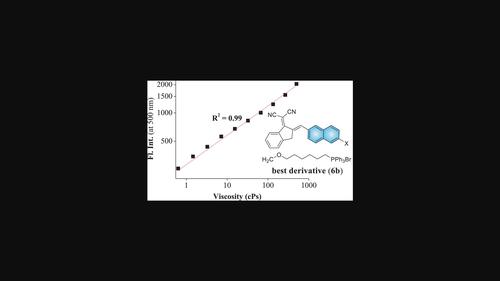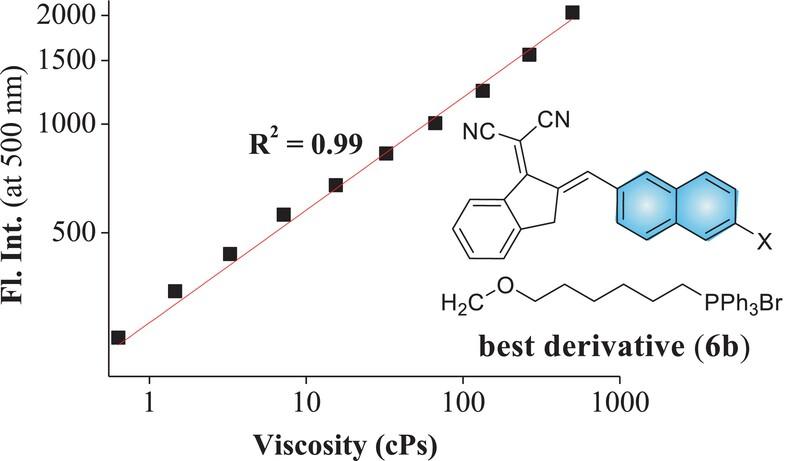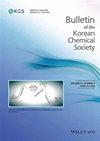1-(二氰基亚甲基)茚的系统衍生物及其作为潜在粘度传感器的光物理性质
IF 2.2
4区 化学
引用次数: 0
摘要
本研究的重点是将 1-(二氰亚甲基)茚衍生为粘度传感器。在推拉式设计策略下,茚满与各种官能化萘醛进行了延伸。在合成的衍生物中,盐帽衍生物的荧光强度与粘度之间具有极好的线性关系(R2 = 0.99),进一步的研究强调了荧光强度在两个温度下变化的可逆性是粘度传感器的一个重要特征。本文章由计算机程序翻译,如有差异,请以英文原文为准。


Systematic derivatives of 1-(dicyanomethylene)indan and their photophysical properties as potential viscosity sensors
This study focuses on derivatizing 1-(dicyanomethylene)indan as a viscosity sensor. The indan was extended with various functionalized naphthaldehydes under a push–pull design strategy. Among synthesized derivatives, salt-capped derivatives exhibited an excellent linearity between fluorescent intensity and viscosity (R2 = 0.99), and further investigation underscores the reversible nature of fluorescence intensity changes at two temperatures as an important trait of viscosity sensors.
求助全文
通过发布文献求助,成功后即可免费获取论文全文。
去求助
来源期刊

Bulletin of the Korean Chemical Society
Chemistry-General Chemistry
自引率
23.50%
发文量
182
期刊介绍:
The Bulletin of the Korean Chemical Society is an official research journal of the Korean Chemical Society. It was founded in 1980 and reaches out to the chemical community worldwide. It is strictly peer-reviewed and welcomes Accounts, Communications, Articles, and Notes written in English. The scope of the journal covers all major areas of chemistry: analytical chemistry, electrochemistry, industrial chemistry, inorganic chemistry, life-science chemistry, macromolecular chemistry, organic synthesis, non-synthetic organic chemistry, physical chemistry, and materials chemistry.
 求助内容:
求助内容: 应助结果提醒方式:
应助结果提醒方式:


